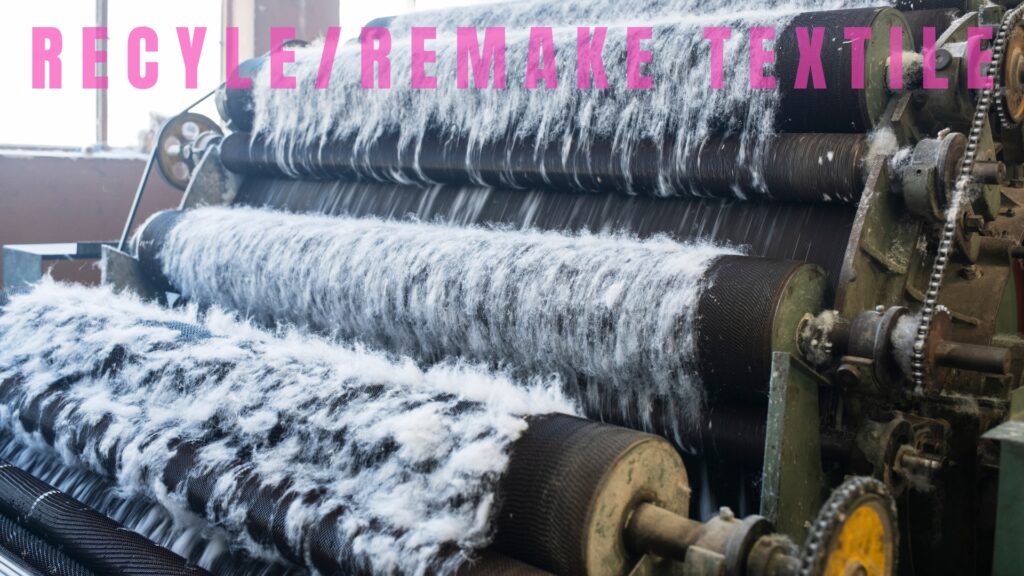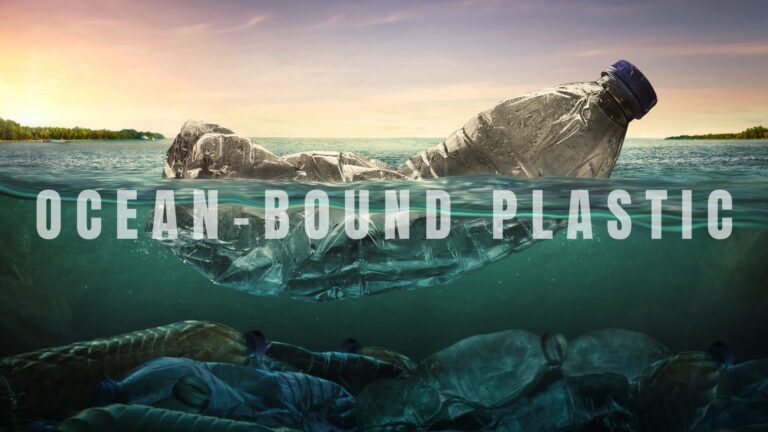Circular Economies: The 3Rs (and more): Reuse Reduce Recycle
Textile

Totally got myself into an Alice in Wonderland situation by googling “circular economy.” A follow up to my previous Denim Posts, there are other types of circular economy not just to fashion but also for energy and goods produced. Let’s start with circular fashion, continuing my earlier dive into denim, dipping into the raw materials like cotton a renewable resource. Of course, next level organic cotton is a more sustainable and crop can have more than one life, it’s attainable and products made with organic cotton, can be recycled. In comparison, genetically modified cotton (probably grown with synthetic pesticides and artificial fertilizers) is fast to produce but makes short fibers that are not recyclable thereby ending up in the landfill.
Working backwards – how to not dump fast fashion in the landfills? First we have to start with the raw materials. So let’s think out loud about all the possible Rs in a circular fashion economy:
- Renewable Material – organic raw materials like cotton and wool
- Recycle – recycling organic cotton or wool
- Reuse = I think of this as being “remade” into something else, like in my earlier post about jeans – how vintage jeans are remade them into something new with a different fit.
- Repair = repair the product
- Resell = vintage is always cool
Overall circular fashion encourages renewable materials, extending their lifespan as the product they were made into by way of repair, or by remaking them into something else, and all of these efforts is to reduce waste (i.e. fast fashion in landfills.)
Plastic

When it comes to polyester or plastic bottles fibers, when you recycle to re-purpose, “new” polyester or plastic needs to be injected in order to “remix” the fibers.
With strides in recycling plastic, which is awesome, but ultimately reducing plastic use when and where ever you can, is ideal.
Recycling polyester or plastic bottles – can be done but not many times because the fibers get too short and each time, in this case you have to inject new polyester or plastic to reform the new fabric.
Re/Up/Down-cycling
Learned a couple of more “cycling” terms that compliment recycling.
Recycling – to convert waste into a reuse-able material.
Upcycling – reusing materials and resources to make something better.
Downcycling – for example in packaging this term comes into play. Journals with high quality paper, can be recycled to be journals again depending on if there were any non-organic materials used, or it can be down cycled into a box. Now to reuse the paper box, it cannot be made into a box again but rather toilet paper. Each time you recycle, the fibers get shorter meaning it can only be made into a lesser product.
Energy

Larger topic in regards to “energy” we have something about – circular carbon economy with its 4Rs Reduce Reuse Recycle Remove – from an energy perspective its about energy resources that is produced, used and disposed of linearly and not integrated which results in a significant greenhouse gas emissions into the atmosphere.
Last important nugget for circular economy in terms of “goods” is conceptually as it is for energy noted above. It’s about an economic product model limiting use of raw materials, water and energy in the production of goods and services while minimizing waste. So in the case of circular economy the 3Rs are Reduce Reuse and Recycle which has expanded to the 7Rs adding Redesign (making more eco-friendly) Repair (extend the life of) Renew (second use) Recover (waste to be reused in the production process).
A lot to chew on. Always is when you’re exploring your curiosity and expanding your knowledge.



